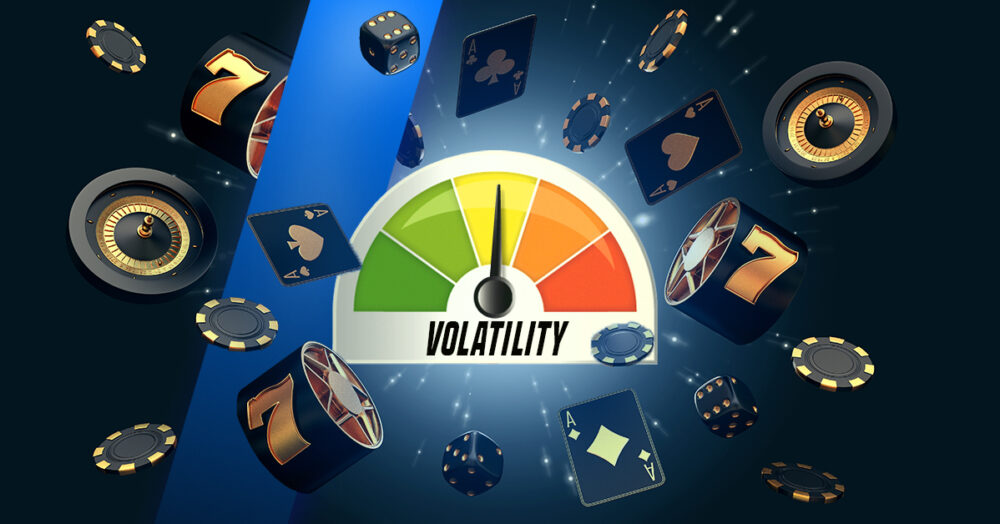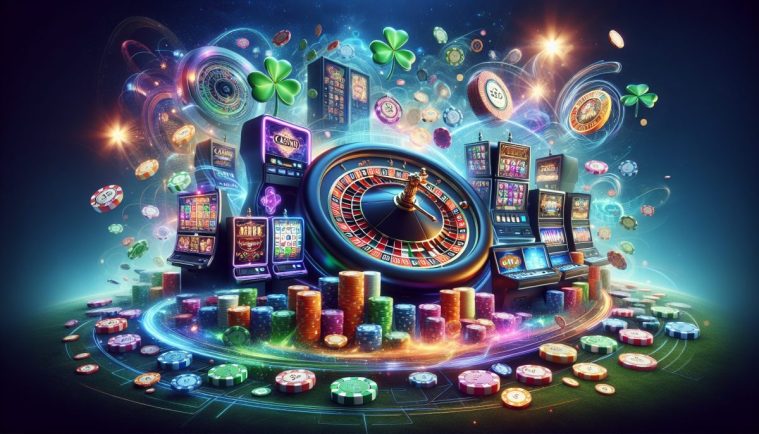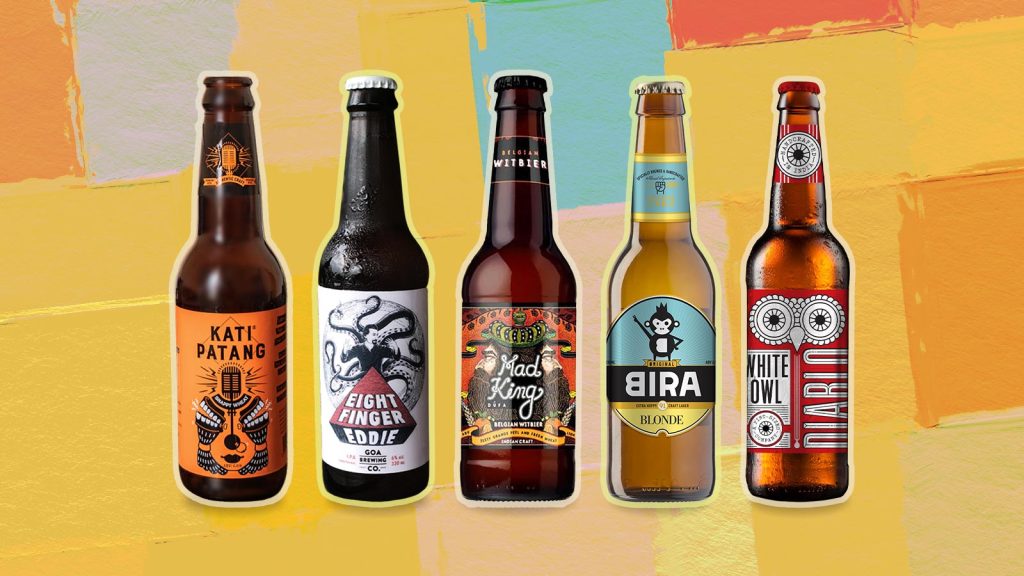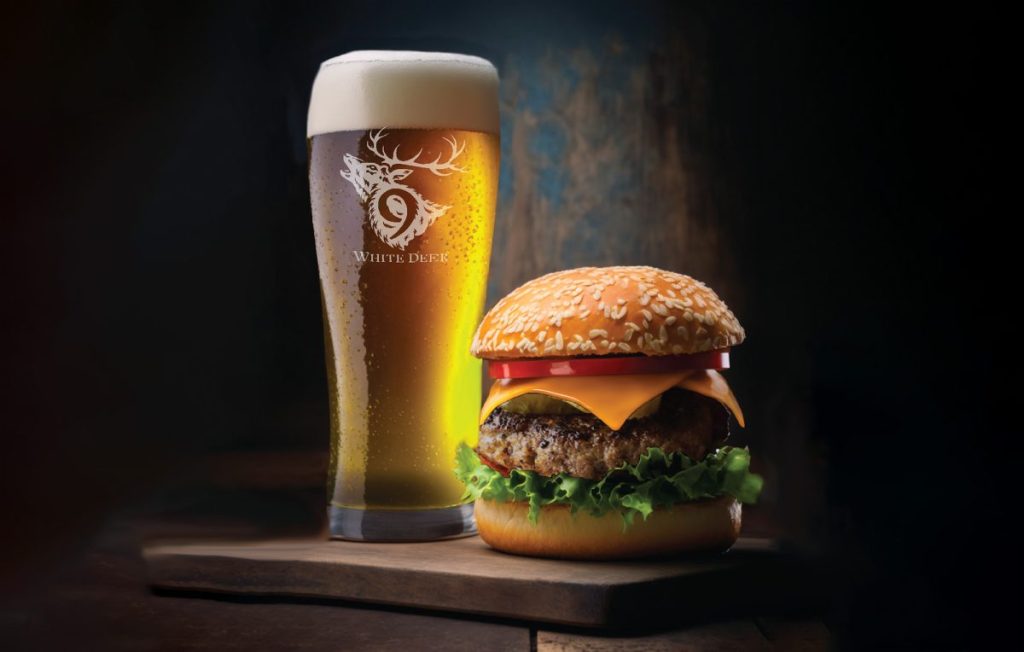The Ultimate Guide to Winning Strategies in StarburstThe Ultimate Guide to Winning Strategies in Starburst
Starburst is one of the most iconic slot games in the online casino world. Known for its vibrant colors, mesmerizing gameplay, and simple yet rewarding mechanics, it has attracted millions of players worldwide. Unlike complex slot games with intricate bonus rounds, Starburst offers a straightforward experience with expanding wilds and re-spins that keep players engaged. The game’s unique combination of simplicity and excitement makes it an ideal choice for both beginners and seasoned players.

Mastering the Basics of Starburst Gameplay
Before diving into winning strategies, it is essential to understand how Starburst works. The game features five reels, three rows, and ten paylines that pay in both directions. The key to success lies in the Starburst wild symbol, which appears on reels two, three, and four. When a wild lands, it expands to cover the entire reel and triggers a re-spin. This feature can lead to significant wins if multiple wilds appear in succession.
Starburst has a relatively low variance, meaning that it offers frequent, smaller wins rather than occasional massive payouts. This makes it an excellent choice for players looking for sustained gameplay with consistent returns. Understanding these mechanics is crucial for developing a solid strategy.
Managing Your Bankroll Effectively
One of the most critical aspects of playing Starburst successfully is bankroll management. Since the game provides frequent small wins, it is essential to plan your budget accordingly. Setting a clear budget before playing can prevent unnecessary losses and ensure that you enjoy the game for a longer time.
A good strategy is to use the “session bankroll” approach, where you divide your total budget into smaller amounts for each playing session. This method prevents you from overspending and allows for extended gameplay. Additionally, choosing a betting strategy that aligns with your bankroll size can make a significant difference. Betting too high can deplete your funds quickly, while betting too low may reduce the excitement of potential wins.

Choosing the Right Bet Size
Bet sizing plays a crucial role in maximizing your Starburst experience. Since the game does not have complex bonus rounds or free spins, adjusting your bet size according to your balance can help sustain longer play sessions. For players with a smaller bankroll, betting at the minimum level allows for more spins and a better chance of landing multiple wilds.
Conversely, high rollers may opt for larger bets to increase their potential winnings. However, even at higher bets, it is essential to maintain a strategic approach and avoid reckless wagering. The key is finding a balance between bet size and session duration to make the most of your gameplay.
Understanding Paylines and Payouts
Starburst’s unique payline structure sets it apart from other slot games. The paylines pay both left to right and right to left, effectively doubling the opportunities to win. This bi-directional payout system increases the frequency of winning combinations and adds an extra layer of excitement to each spin.
The highest-paying symbol in the game is the Bar symbol, followed by the Seven. While these symbols provide larger payouts, the key to winning consistently lies in landing multiple wilds. The combination of expanding wilds and re-spins creates opportunities for significant wins, making it essential to focus on these special symbols.
Leveraging Free Spins and Promotions
Many online casinos offer free spins on Starburst as part of their promotional campaigns. Taking advantage of these offers is an excellent way to play the game without risking your own money. Free spins promotions often come with wagering requirements, so it is important to read the terms and conditions before claiming them.
Additionally, some casinos provide Starburst tournaments where players compete for prizes based on their winnings during a specific period. Participating in these events can add an extra layer of excitement and reward skilled players who understand the game mechanics.
Playing with a Strategy in Mind
While Starburst is primarily a game of chance, implementing a strategic approach can enhance your overall experience and increase your chances of winning. One common strategy is the “progressive betting” method, where you gradually increase your bet size after a series of smaller wins. This allows you to capitalize on winning streaks while minimizing losses during down periods in starscolor.com.
Another effective approach is the “stop-loss” strategy, where you set a predetermined limit for losses and winnings. This ensures that you walk away with profits rather than continuing to play until your balance depletes. Self-discipline is key when using this method, as it helps prevent impulsive decisions that could lead to unnecessary losses.
Understanding RTP and Volatility
Return to Player (RTP) and volatility are two essential factors to consider when playing any slot game. Starburst has an RTP of approximately 96.1%, which is relatively high compared to other slots. This means that, over time, the game returns 96.1% of all wagers to players in the form of winnings.
The game’s low to medium volatility ensures frequent small wins, making it ideal for players who prefer a steady pace rather than high-risk gambling. Understanding these aspects allows players to set realistic expectations and enjoy the game without chasing unrealistic payouts.
Using Autoplay Wisely
The autoplay feature in Starburst allows players to set a specific number of spins without manually clicking each time. While this can be convenient, it is essential to use it wisely. Setting limits on losses and winnings within the autoplay settings can prevent unnecessary depletion of your bankroll.
Additionally, being actively engaged in the game rather than relying solely on autoplay enhances the overall experience. Watching the reels spin and reacting to different outcomes can make the game more enjoyable and immersive.

Finding the Best Casinos to Play Starburst
Choosing a reputable online casino is crucial for a safe and enjoyable gaming experience. Factors to consider include licensing, security measures, customer support, and payment options. Many top-tier casinos feature Starburst in their game libraries, ensuring fair gameplay and prompt payouts.
Many platforms offers valuable information on the best online casinos featuring Starburst. Exploring such resources can help players make informed decisions and enhance their gaming experience.
Conclusion: Enhancing Your Starburst Experience
Starburst remains one of the most beloved slot games in the online casino industry. Its simple mechanics, vibrant design, and rewarding features make it a favorite among players of all skill levels. By understanding the game’s fundamentals, managing your bankroll effectively, and implementing strategic betting approaches, you can maximize your chances of success.
Whether you are playing for fun or aiming for big wins, the key to enjoying Starburst lies in responsible gambling and making informed choices. With the right strategies and a disciplined mindset, you can make the most of this iconic slot game while ensuring a safe and enjoyable experience.
















